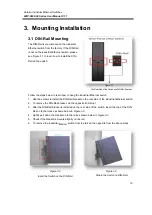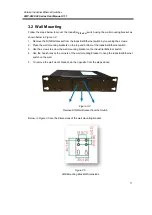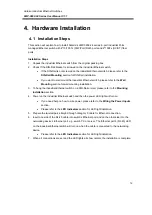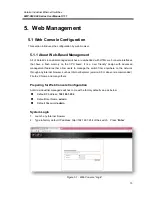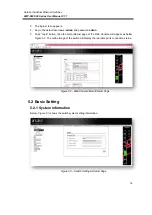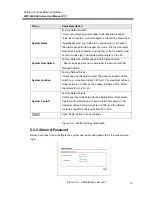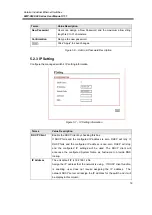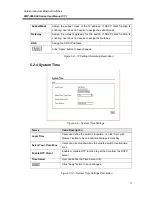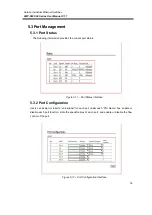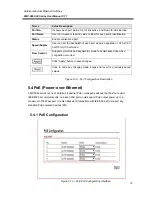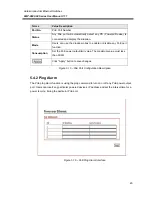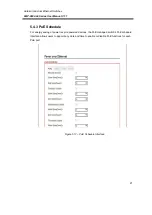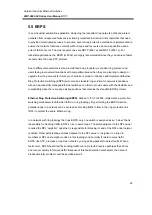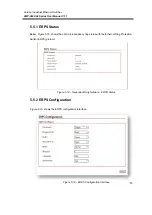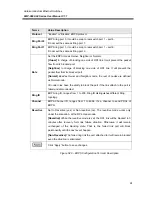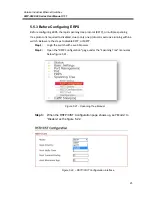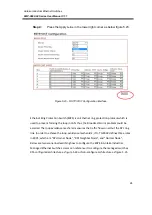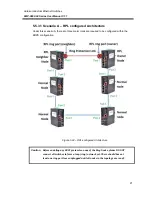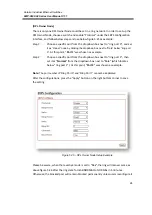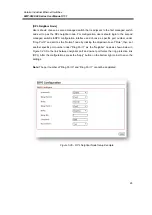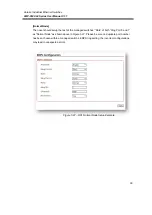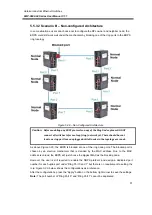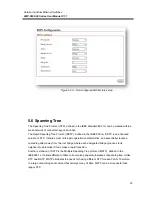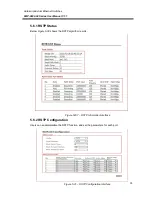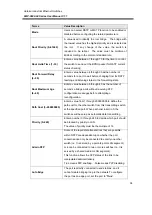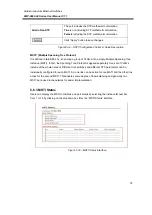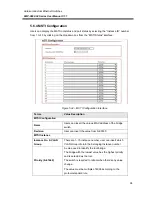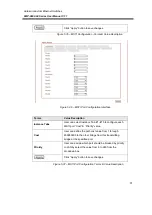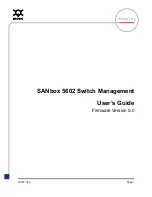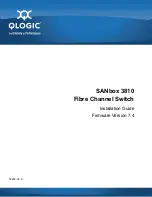
Antaira Industrial Ethernet Switches
LMP-0602-24 Series User Manual V1.1
22
5.5 ERPS
In any industrial automation application, designing the redundant ring network paths can protect
networks from unexpected failovers is extremely important in mission-critical networks that need
to provide uninterrupted services. In practice, several loop protection methods are implemented to
ensure that network functions normally without loops and recovers as soon as possible when a
point of failure occurs. The most popular ones are RSTP (802.1w) and MSTP (802.1s). For
industrial applications, the ERPS (G.8032) are highly recommended since they can achieve faster
recovery time than any STP protocol.
Due to different manufacturers who provide their own proprietary redundant ring protocol, and
users facing inconvenient situations with compatible issues when they are planning to design or
upgrade their ring network for future proof, Antaira is proud to introduce and implement Ethernet
Ring Protection Switching (ERPS) protocol as a standard ring solution for network redundancy
with all new industrial managed Ethernet switches. In order to provide users with the flexibility and
compatibility when there are any existing switches that contains the standard ERPS protocol.
Ethernet Ring Protection Switching (ERPS), defined in ITU-T G8032, implements a protection
switching mechanism for Ethernet traffic in a ring topology. By performing the ERPS function,
potential loops in a network can be avoided by blocking traffic to flow to the ring protection link
(RPL) to protect the entire Ethernet ring.
In a network with ring topology that runs ERPS, only one switch is assigned as an “owner” that is
responsible for blocking traffic in RPL so as to avoid loops. The switch adjacent to the RPL owner
is called the RPL “neighbor” node that is responsible for blocking its end of the RPL under normal
condition. Other participating switches adjacent to the RPL owner or neighbor in a ring are
members or RPL next-neighbor nodes to this topology and normally forward receive traffic.
ERPS, like STP, provides a loop-free network by using polling packets to detect faults. When a
fault occurs, ERPS heals itself by sending traffic over a protected reverse path less than 50ms
and recover quickly to forward traffic. Because of this fault detection mechanism, the network
broadcast storm problem could be avoided as well.



